Most washing machines have hygiene programs. But, as with a few other settings on modern washing machines, few people understand how it works.
If you’ve hesitated to use this setting because you do not know what it is all about, this post is for you.
Read on and learn what it is, how, and when to use it to benefit your laundry.
What Is the Hygiene Setting on a Washing Machine?
The hygiene cycle is a washing machine program designed to run hotter cycles or incorporate hot steams.
Typically, the cycle runs on temperatures above 60 degrees and is meant to rid clothes of infectious germs and allergens to make them safer to wear.
When to Use the Hygiene Setting on a Washing Machine
Washing clothes is one of the best ways to maintain hygiene around your home. After all, once the grimy soiling has been cleared, your clothes are squeaky clean and ready to wear, right?
Well, that is not entirely true. Depending on several factors, most clothes are heavily laden with microorganisms.
Common examples include all clothes worn by sick or recovering people, all underwear, and sweaty sports clothes, among others.
So even when they look and smell fresh and clean, they may not. And that is where the hygiene setting comes in.

By activating this program in your laundry, you use higher wash temperatures what than is the standard. Under this setting, usually, the temperature range is 60-90 degrees making it hard for most germs to survive.
But while this sounds all good, it also has its downsides. Using high temperatures will eventually take a toll on clothes. With time the fabric begins to disintegrate and fade in color.
For this reason, this is a setting you should use sparingly, only using it once in a while. But as sometimes you’ve to sanitize clothes, you can opt for milder alternative methods.
For example, you can use natural products such as baking soda or vinegar.
How to Use the Hygiene Setting
Before you use this program, you need to be sure of your clothes’ temperature compatibility. The easiest way is to check the garment care label.
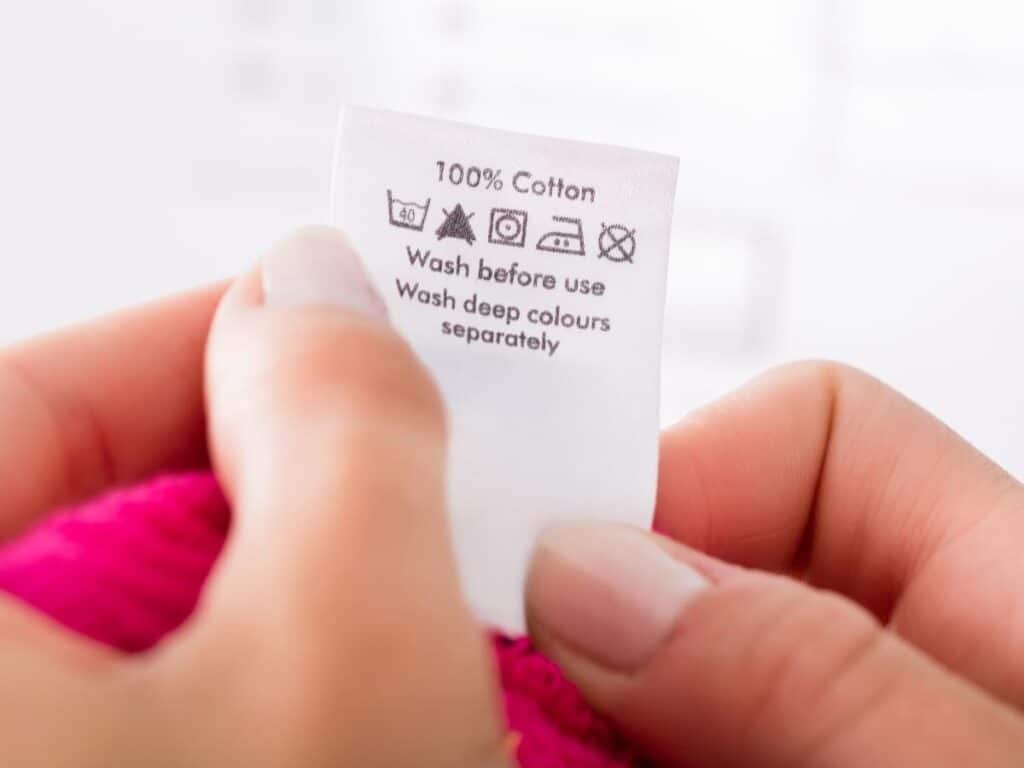
Next, follow your usual washing procedure; put clothes in the washer, add detergents, and then select the hygiene program.
This setting has been proven to eliminate over 99.9% of bacteria. But for even better effects, it is also advisable to use the steam sanitary cycle on the dryer to eliminate any residue microorganisms.
Alternative Methods of Sanitizing Laundry
As we found out above, sanitizing is essential for some types of clothes. However, this may not be possible with washing machines every time.
For example, some washing machines may not have this setting, may not be functioning, or the fabric type is high temperature intolerant.
In that case, you will need to find alternative sanitization methods. Let us take a look at a few effective methods to achieve the same level of sanitization.
White Vinegar
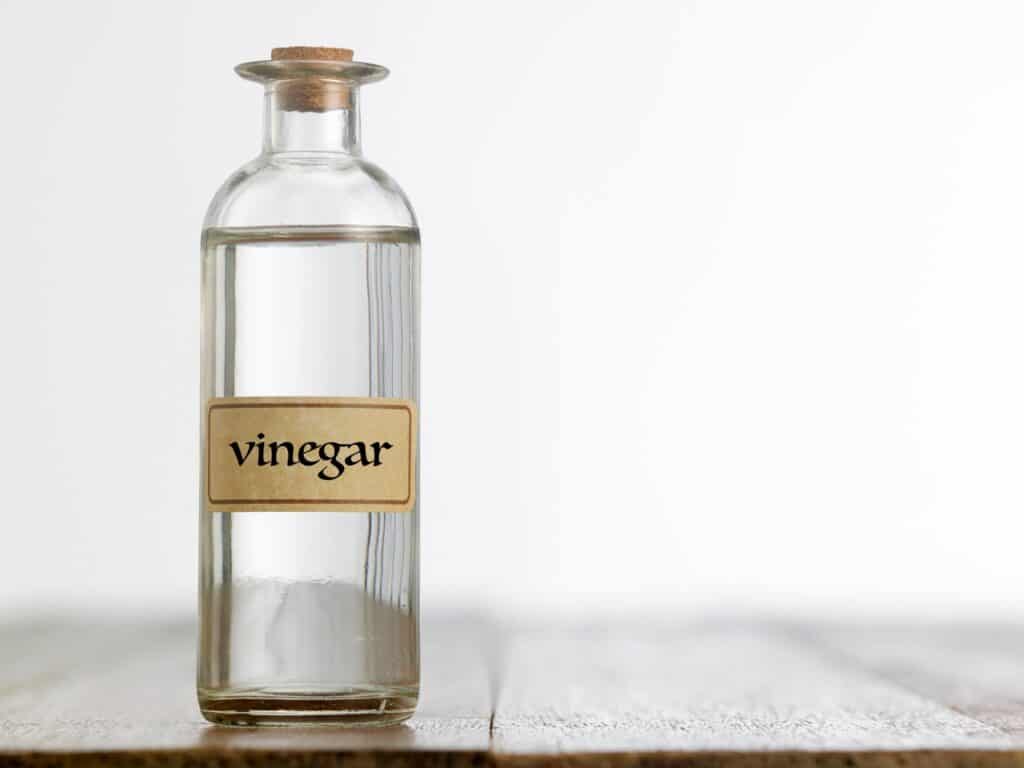
White vinegar is a cheap and commonly available substance with multiple uses. Among these is that it can be used to remove stubborn stains.
But did you know white vinegar is also a disinfectant?
Vinegar is fantastic when it comes to cleaning germs due to its strong acetic properties. Not only that, but vinegar is also a fantastic deodorizer to kill the musty smell.
Plus, it is safe to use in both whites and colors as well. To use vinegar, add ½ a cup in place of fabric softener to your fabric softener slot in the washer’s tray during a normal wash cycle, and launder normally.
More on mixing laundry detergent and vinegar here.
Hydrogen Peroxide
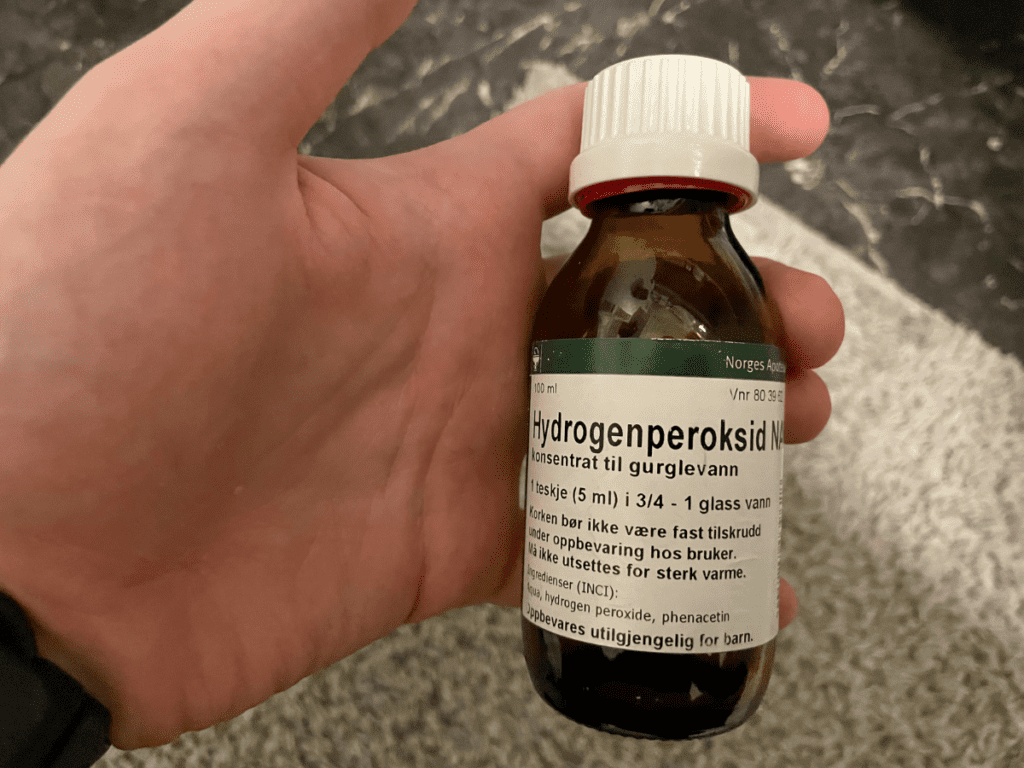
Hydrogen peroxide is another substance you can find in the nearest convenience store if you do not already have it. It is an excellent disinfectant, which is why it is used in first aid on cuts and bruises.
However, with this agent, you can only use it on white clothes, as it has bleaching properties.
Before you start using bleach in your washer, I recommend that you learn a little bit more about it as it can cause problems if you’re not familiar with the process.
I wrote a guide on using oxygen-based bleach to help you get started.
Pine Oil

This is one substance with a wide range of uses and benefits. Its benefits range all the way from treating medical conditions to disinfecting your clothes.
Add ½ cup of pine oil into your normal load and run the washer. The only downside is it may leave an unpleasant lingering odor. But several rinses should solve this problem.
Chlorine
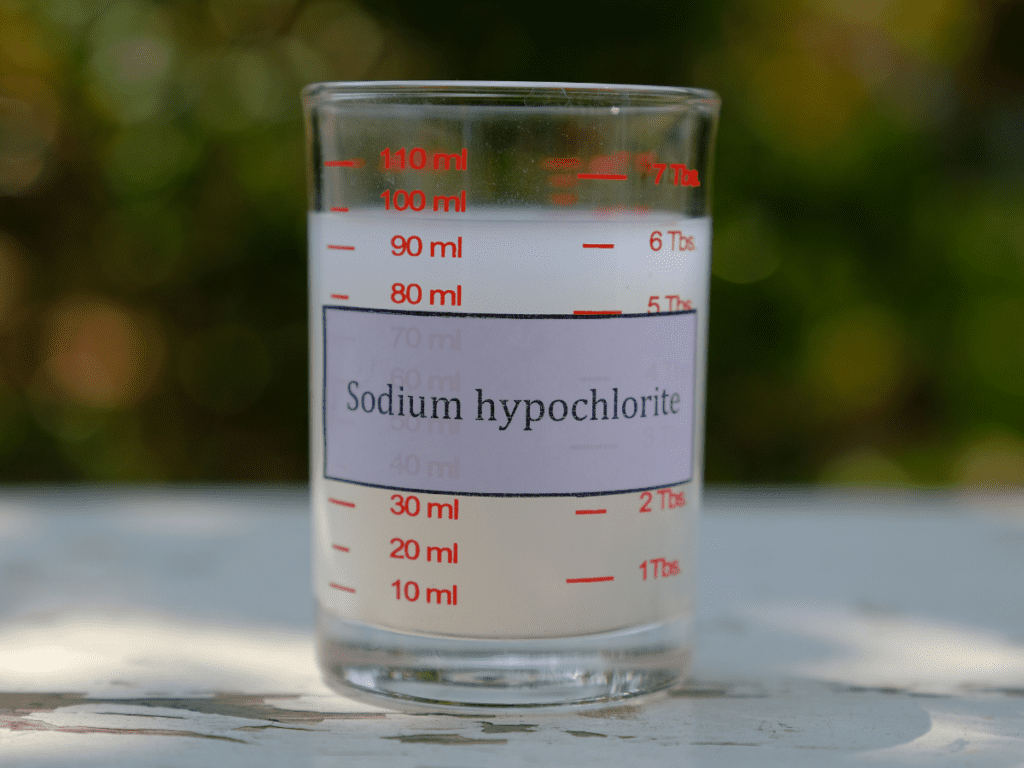
Chlorine is a known disinfectant that is used widely for various purposes. When used on clothes, it kills over 99.9% of bacteria. Be sure to use it only on white clothes, though, due to its bleaching properties.
To use chlorine bleach, add four spoons to one liter of water and add it to the water/detergent solution, and wash normally.
I recommend that you check out my full guide on mixing laundry detergent and bleach here before you start doing this.
Dryer
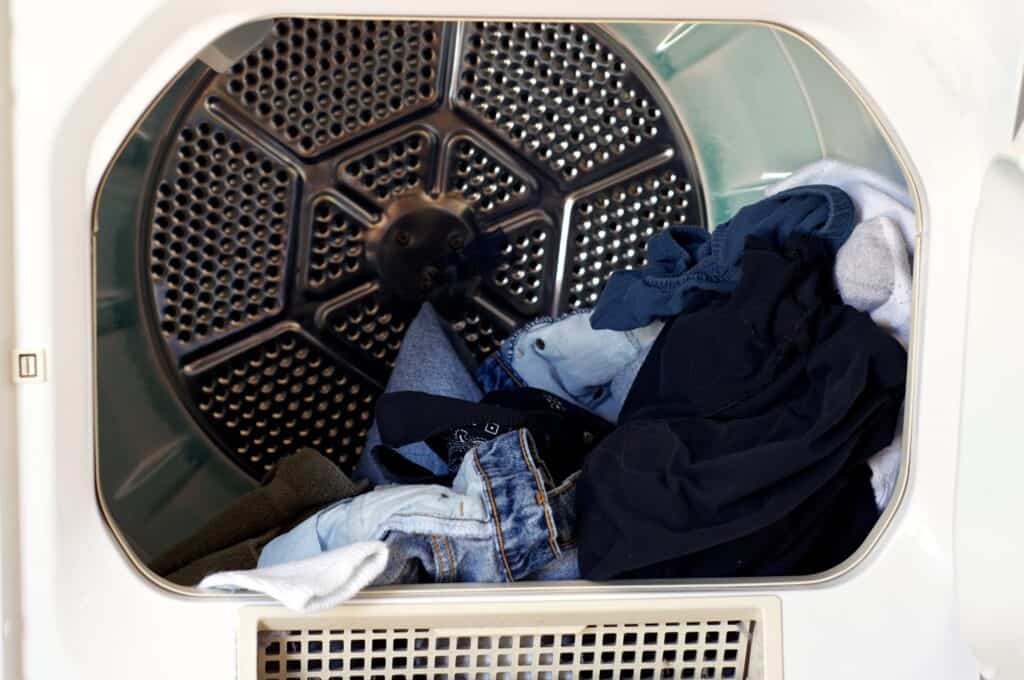
We already know heat as an effective method of clothes disinfection through the hygiene setting. So in the absence of a hygiene setting, you can use the dryer to kill germs.
This is especially perfect for non-washable items such as stuffed toys and pillows. Just toss them in and run the dryer.
Do Washing Machines Need to Be Disinfected?
Over time washing machines accumulate lots of murk and grime. So scrubbing your washing machine is quite essential. But that aside, it is even critical if you’ve been using it to wash infected clothes with it.
The usual washing will not be sufficient to clear the germs. You will need to use a strong disinfectant to clear the bacterial load to avoid contaminating other clothes washed with it.
You can disinfect your washer with vinegar or bleach when cleaning the washer for disinfection. Just add one cup of vinegar or bleach and run an empty cycle before rinsing.
Make sure to be doing this regularly. Once a month is sufficient, and your washer will be free of microorganisms.
If you have hard water I recommend that you check out my guide on how to clean the limescale in your washing machine as well.
Final Thoughts
As we found out above, the hygiene program is an essential setting on a washing machine to kill microorganisms. The setting has been proven to eliminate over 99.9% of bacteria.
Sadly not all washing machines have this feature. But that shouldn’t stop you from disinfecting your clothes when you need to.
That is why we’ve discussed a few options that you can use and get the same level of sanitizing on your clothes.
Hopefully, you will follow these tips to keep your family from infections by using the hygiene feature on the washer or the alternative options.
I’ve created a comprehensive guide on how to use all the settings on your washing machine that may interest you to read next.

I’m an expert wardrobe organizer and a bit of a clean freak. I created this website and its YouTube channel to share practical guides about laundry and organizing. My teachings have been featured in multiple large news publications, and I’ve self-published two wardrobe organizing books and an entire course on the subject.

